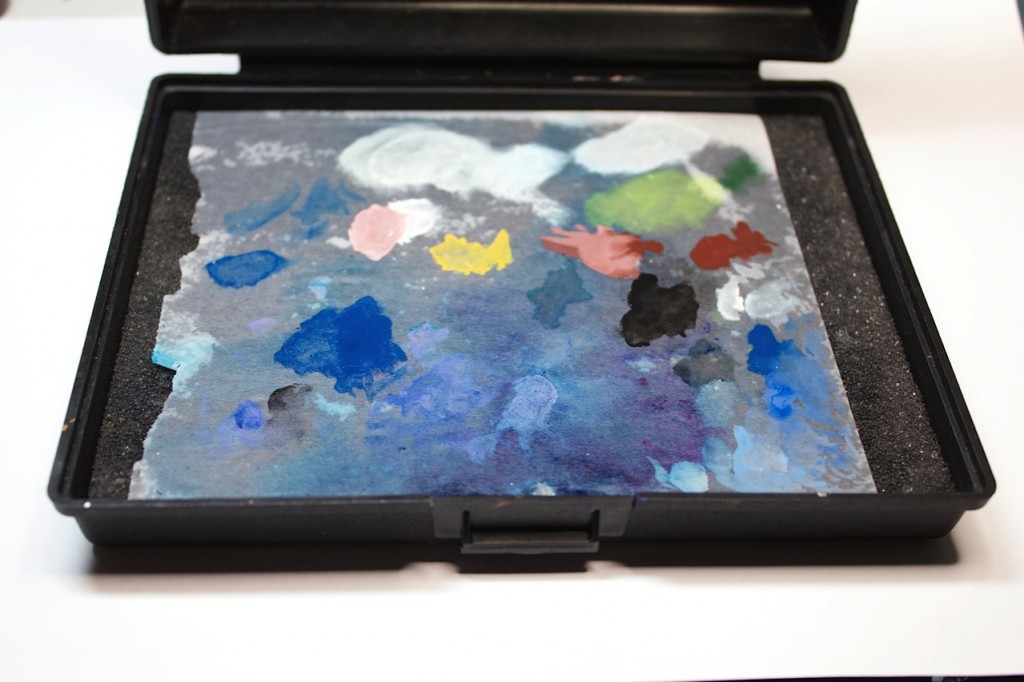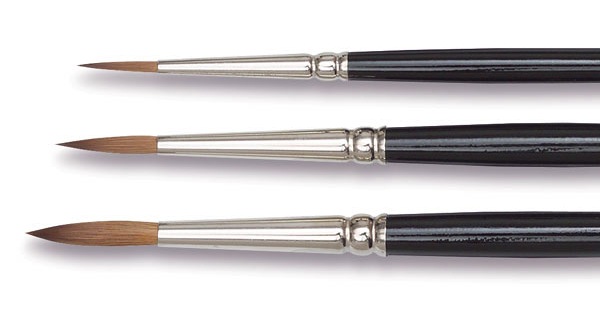The Fury of our Painters Hand
I’ve been on a tear recently, painting a number of models in quick succession. I started out trying to catch my Cryx army up this year to fully painted, and I’m well on my way.
The list started out this year like this
Asphyxious III
Vociferon
Deneghra I
Erebus
Scavenger
Plastic Slayer Omnijack
Plastic Crab Omnijack
Revenant Crew Riflemen x3
Iron Lich Overseer
Bane Thrall UA
Bane Knights x10
I’ve now managed to Burn it down a bit
Asphyxious III
Vociferon
Deneghra I
Erebus
Scavenger
Plastic Slayer Omnijack
Plastic Crab Omnijack
Revenant Crew Riflemen x3
Iron Lich Overseer
Bane Thrall UA
Bane Knights x10
and while I’ve been painting It got me thinking about a number of things regarding painting itself that I really wished I’d have known back when I started that really, really helped me be a better painter. Some of these are going to come out of left field, but some of them should be helpful.
Lets start at the beginning, shall we.
Brushes! Everyone uses them, and the many people know what brushes the highest level painters use.
Ghool reviews them Here.
But why use a good brush to begin with? I didn’t use one until I painted the Kraken two years ago, and only then because I had a specific purpose. First, because almost every synthetic brush will curl. This creates a huge problem when trying to be accurate while painting. Its very hard to stick to raised edges, hit eyes, and put on accurate highlights with a curved brush. I used to think it was a moderately helpful defect, but once I grabbed a Natural Hair brush, I was sold.
Additionally, most synthetic brushes you can get cheaply are water repellent, which means that the paint goes on the brush instead of in the brush. This results in a synthetic brush drying up quicker, as the water is exposed to the air instead of encapsulated in the brush. It also results in almost no control over the paint itself, as the water tension will work to release all the paint at once as soon as the brush touches the model. This adds into the first aspect, as you’ll tend to use less paint in the brush each time you go back to the paint. This in turn will result in a less smooth model as you constantly have to run back to the palette to get more paint. Additionally, synthetics tend to fray insanely fast, busting out in every direction as soon as you look at them. In a year and a half of constant use, I’ve had three individual hairs fray on my two natural brushes.
Finally, and this one applies only if you’re trying it, they don’t wet blend. I tried almost every brush with every tactic I had in order to get the wet blend to work on my Kraken, until Meg Maples told me to get actual, real, brushes. Lo and behold, it solved the problem.
Now, I always thought that the brushes were expensive, and they are, but they also last a lot longer, and perform better than most synthetics. I recommend Dick Blick for all you’re brush needs. I ordered mine a few days back, and they arrived 4 days before the expected delivery date!
Connected to the paint, is the palette. regardless of whether you use wet or dry, its extremely important that you paint with watered down paint. When I was trying to figure it out, the term they were trying to use was “consistency of whole milk” whatever that meant. I don’t know a really good way to say it, but the right watered down consistency feels correct on the brush, its not runny, and applies right where you want it, without needing pressure. If its too runny, add more paint. If its too hard to apply, add more water. Its not a science, yet, but you eventually get used to it.

Along these lines lies the scrubby brush, which is something that Meg Maples told me about. Its simply an old brush purposed to fix mistakes while painting. I’ll let Meg’s article explain. In all seriousness, this thing has saved more projects and more time than I could have ever expected!
Once you’ve gotten a set of brushes, I usually go with a 1 and a 2, the palette and scrubby brush ready to go, Its time to get to actual model work. I am a firm believer that the right primer makes for the best model possible, and after trying a number of different ones, I’ve settled on the best. Dupli-Color Sandable Automotive Primer. Its amazing, is thin, and sticks like hell to the models. Without a clear coat, I’ve only had one chip on all the models I’ve painted with it so far, and that is on Gorman Di Sea Wulfe’s stiletto, a pointy and vulnerable part.
Lastly, before we even start painting, there are methods to holding your model so your oily, nasty skin doesn’t rub off the primer. I used to just try and hold the model, but that gets very nasty, very fast. Your hand can cramp right up, and your fingers tend to rub the primer off of places that you hold often: Head, weapons, etc. We’ve all seen pinning to a dowel, and that works for some, but what I really like it an old spray point lid. I’ll put double sided tape on the top, and just slap my model on it to paint. The hand has a lot more area to grip and I’ve painted models as large as Karchev this way, including tipping him upside-down to get some underparts. I will say that you can re-use the tape, but every part exposed to the air tends to get less and less sticky over time.
While this method is good, I can’t say that it works for large units or multiple models. What I have seen recently is an ingenious idea I have blatantly stolen. I saw a whole unit of Gunmages sticky-tacked to the top of the old GW paint bottles. The Hexagonal ones. just load up on the sticky tack and press them in. Voila, small based models ready to go!
The very last thing I’d like to point out is food and drink. Many people suffer from unstable or shaky hands, and this can partially be alleviated in some form by a few small steps. First, paint on a full stomach. Being hungry and low on sugar can cause your hands to shake, and it can be extremely distracting. Avoid high doses of caffeine while painting. I know its good for an up all nighter right before a con, but its a stimulant, and that can really exacerbate the shaking. lastly, if your the type to partake in adult beverages, have a cocktail or beer while painting. Alcohol is a depressant, and it can really slow down the blood and quell the shaking. And, who doesn’t want to have a white Russian while painting Khador? I mean, really!
Next time out, probably next Thursday, I’ll be talking very basic color theory. Even just these little points have helped me immensely with difficult to shade and highlight colors.
